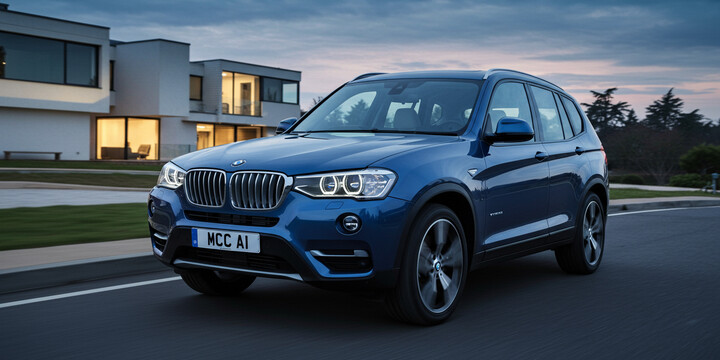
BMW X3 (2014-18)
The BMW X3 (2014-18) is a popular luxury SUV that combines stylish design, versatility, and practicality, making it an excellent choice for families, commuters, and outdoor enthusiasts in the UK. Known for its smooth driving experience and refined interior, this model stands out with its blend of comfort and sporty handling. It’s a vehicle that’s often used for daily routines, weekend getaways, or longer journeys, thanks to its spacious cabin and generous cargo space. The BMW X3 (2014-18) typically appeals to those seeking a premium bestseller in the SUV segment, offering a level of quality and reliability that often surpasses many rivals.
Data from MyCarCheck.com shows that this model has a significant presence, with over 11,900 look-ups and more than 5,600 unique VINs, highlighting its popularity across the UK used car market. The average private sale value is around £16,794, with most vehicles clocking an average mileage of approximately 63,678 miles. Known for its distinctive BMW styling, solid build quality, and engaging driving dynamics, the BMW X3 (2014-18) remains a strong contender among luxury SUVs. Whether you’re after a dependable family car or a premium vehicle that delivers on both performance and comfort, this model continues to be a noteworthy choice for used car buyers.

average use
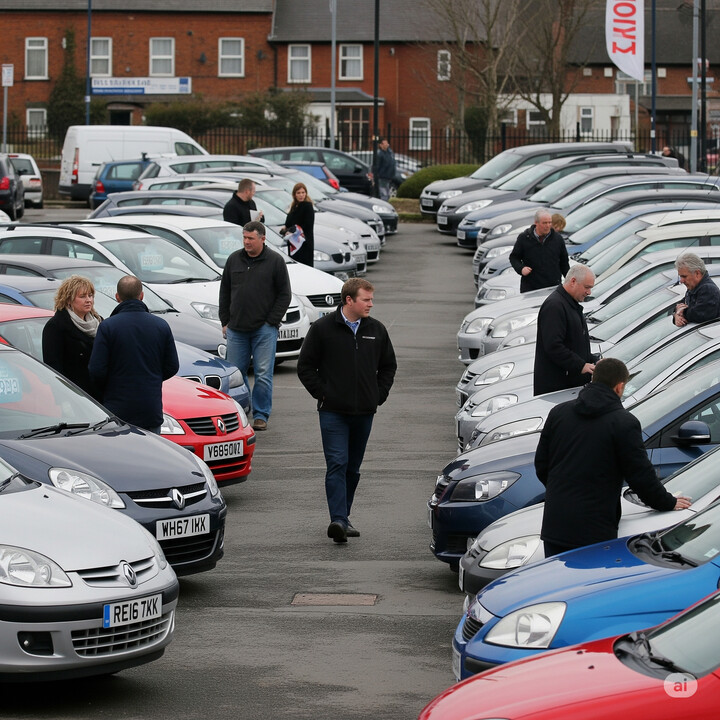
The data for recent mileage readings of BMW X3 models from 2014-18 indicates that the most common recorded mileage ranges are between 70,000 and 90,000 miles, collectively accounting for around 31% of vehicles. Notably, the 100,000 to 110,000 miles range makes up 9.2%, and the 60,000 to 70,000 miles range accounts for 12.3%, suggesting many vehicles fall within these mid-high mileage brackets.
Remarkably, very low-mileage vehicles—under 10,000 miles—are quite rare, comprising only 0.6%, and high-mileage vehicles over 200,000 miles are also scarce, together totaling just around 1.8%. The distribution suggests a typical usage pattern with most vehicles falling in the 70,000 to 90,000-mile range, while extremely low or high-mileage vehicles are relatively uncommon.

vehicle values
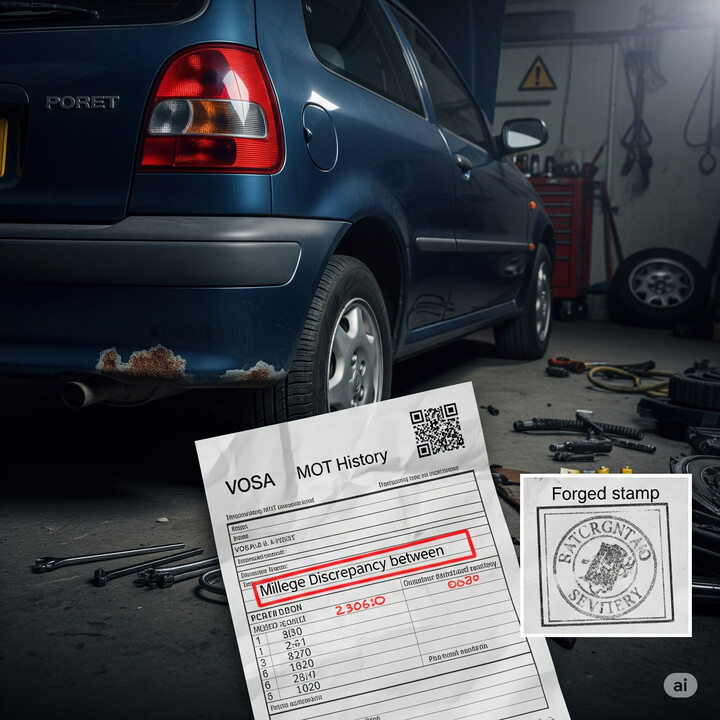
The data indicates that the majority of private sale prices for 2014-18 BMW X3 vehicles cluster between £8,000 and £12,000, accounting for the largest proportions at approximately 10.8% to 19.6% for the £8,000–£9,000 and £10,000–£11,000 ranges, respectively. Very few vehicles are listed at the extreme low end (£3,000–£5,000), with only around 1.2% combined, suggesting that significantly undervalued vehicles are rare. Conversely, higher price brackets above £14,000 represent a small fraction of sales, indicating that most vehicles fall within a mid-price range. Overall, the data reflects a typical distribution centered around the £8,000–£12,000 mark, with minimal listings at the very low or high ends.

production years
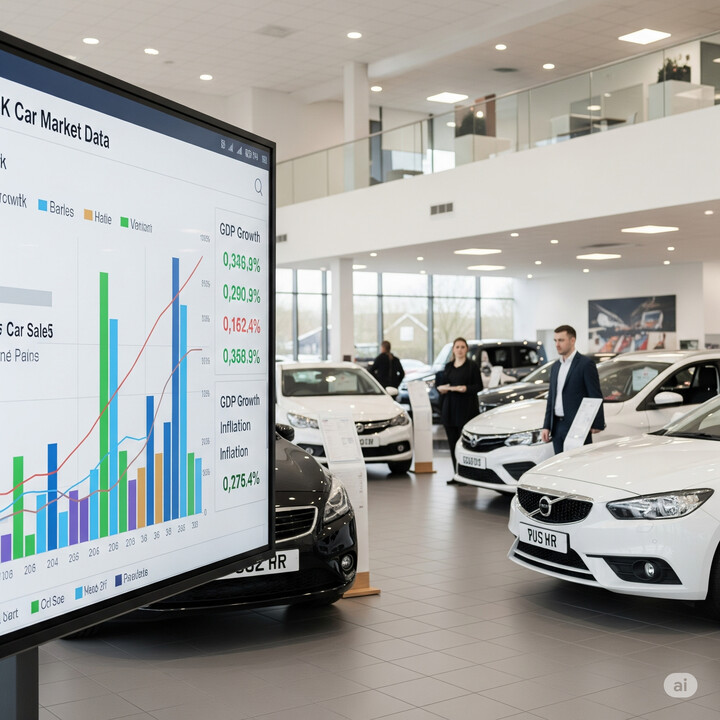
The data indicates that among BMW X3 models manufactured between 2014 and 2018, the most common year of manufacture is 2016, accounting for approximately 34.8% of the vehicles. The second most prevalent is 2015 at 29.1%, followed by 2017 at 21.8%, and 2014 at 14.2%. This suggests a higher prevalence of vehicles from 2015 and 2016, possibly reflecting model popularity or availability. Notably, there are fewer vehicles from 2014 and 2017, which may influence considerations around age-related wear or latest features.

colour popularity
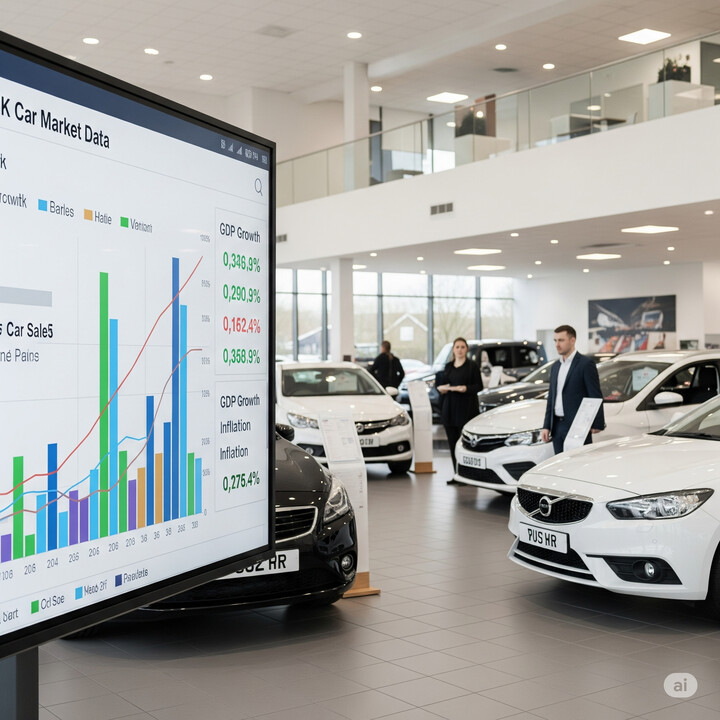
The data on the main paint colours for the BMW X3 (2014-18) indicates that black is the most popular choice, accounting for approximately 39% of vehicles. White and grey follow closely, representing around 21% and 21% respectively, highlighting a preference for neutral, classic tones. Silver, while slightly less common at about 12%, remains a notable option. Brighter colours like red and blue are less prevalent, making up roughly 2.5% and 4.7% respectively, while brown is quite rare at just 0.6%. Overall, the colour distribution suggests a strong tendency towards traditional, understated hues among owners of this model.

ownership cycle
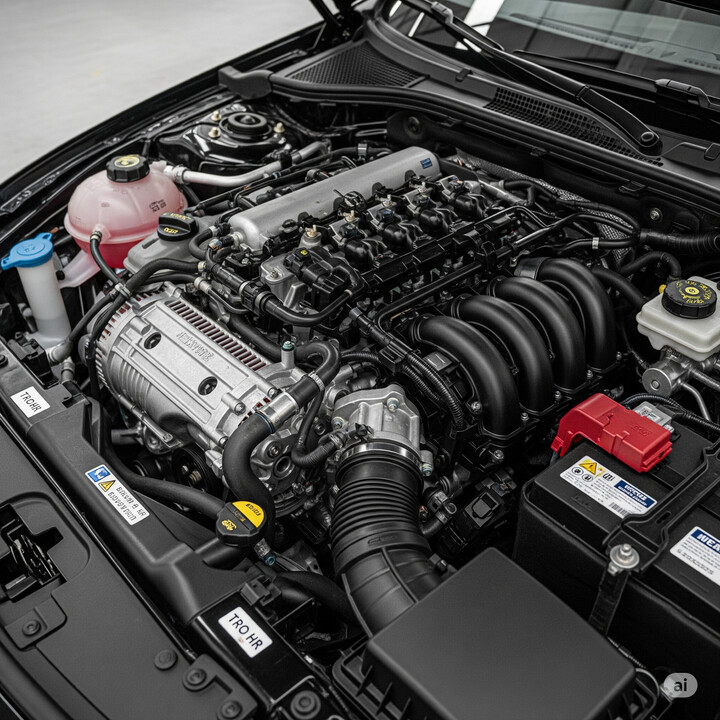
The data shows that for BMW X3 (2014-18) vehicles, a significant portion—over 60%—have had three or fewer registered keepers, with 33.5% having had three keepers and 21.8% just four. Interestingly, the most common number of registered keepers is three, indicating many vehicles may have changed hands a limited number of times. A small percentage, 0.3%, have had as many as eight keepers, which could suggest higher turnover or potential stability issues for those vehicles. Overall, the data suggests that most of these BMW X3s tend to have few previous owners, which can be a positive indicator of vehicle stability and potentially less complex ownership histories.

engine choices

The data indicates that for BMW X3 models from 2014 to 2018, the majority (74.1%) are equipped with a 1995 cc engine, while a smaller proportion (25.9%) have a 2993 cc engine. Additionally, all vehicles in the sample use diesel as their primary fuel type. This suggests a strong preference or market trend towards diesel engines in this model range, with the 1995 cc engine being the most common.












